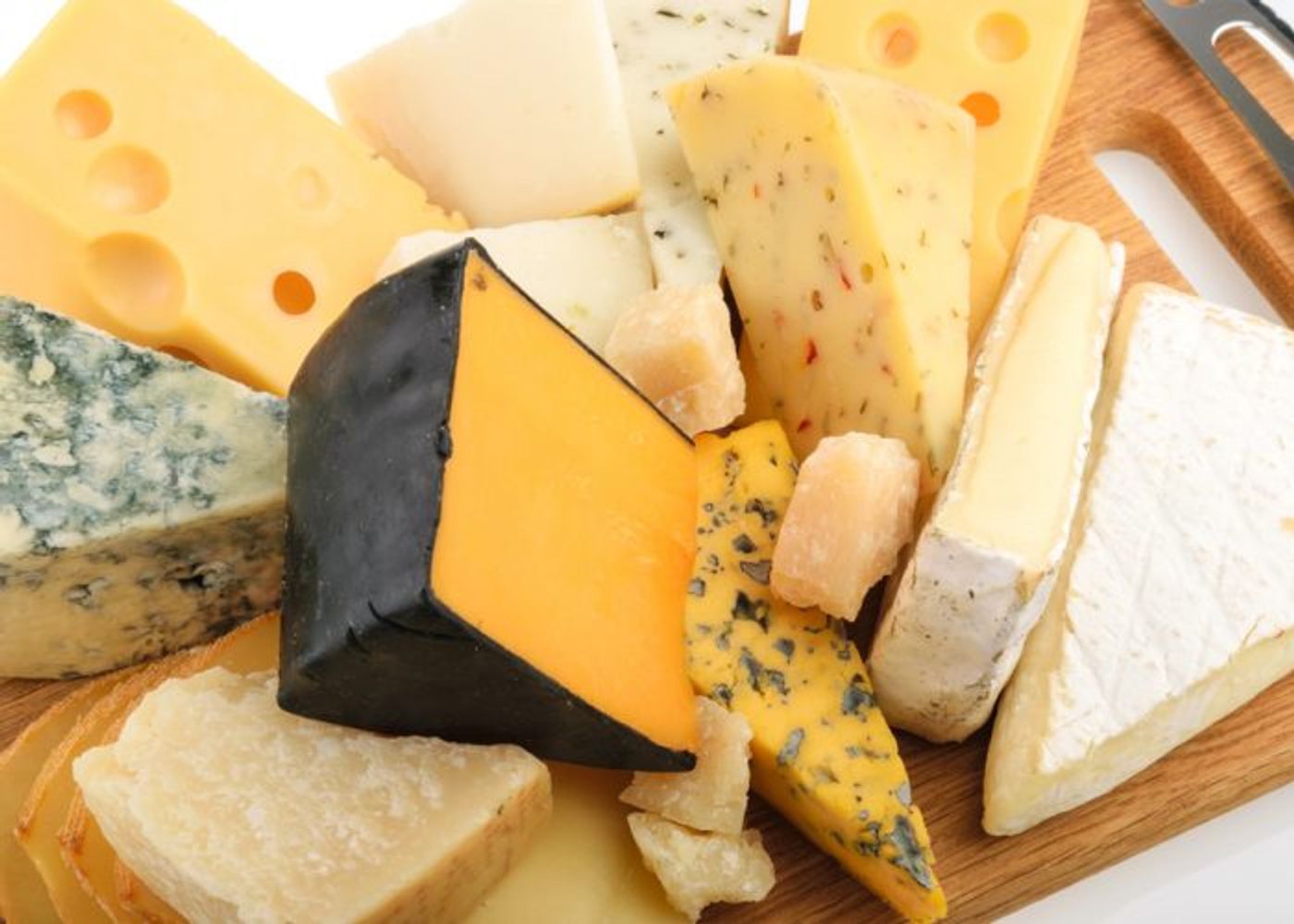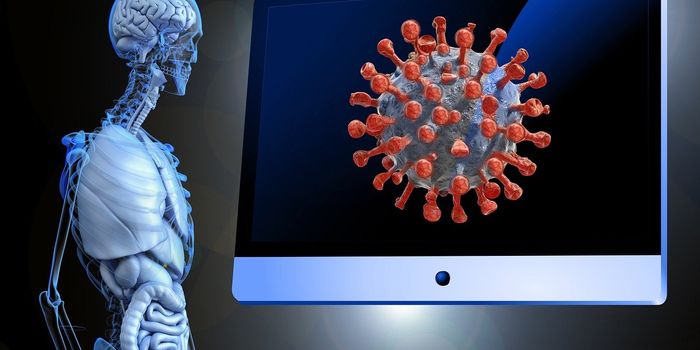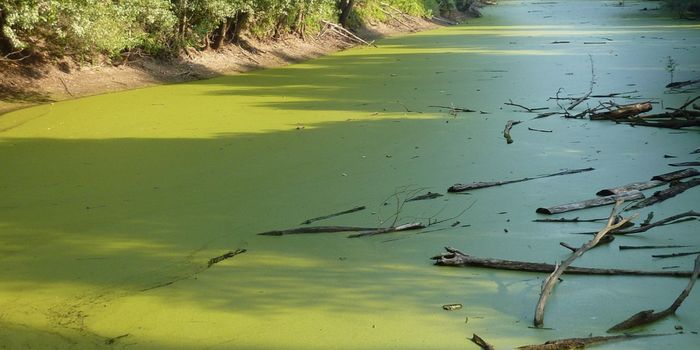Thanks for the cheese, microbes
Cheese. I eat a lot of it. Now that I think of it, I’ve never met anyone who didn’t like cheese. How can you not like cheese?
Cheesemakers in the US produce some 1,700 different kinds of cheese. I didn’t even know there were that many cheeses. To me, cheese has always seemed like a pretty complicated thing to make, probably because I’ve never really known how it’s made. Turns out, the concept is pretty simple. Cheese is just milk without the water. More specifically, cheese is concentrated milk protein and fat.
Image: ShopRite
The “ingredients” for making cheese are also simple - milk, microbes, enzymes, and salt. At this point, my question is “What the heck are the microbes for?”
Lactic acid bacteria - added as a starter culture or already present in the milk - ferment lactose in the milk into lactic acid. This acidifies the milk, overcoming the repulsive forces that milk proteins exert on each other - these forces keep milk in a liquid state. Once the forces are overcome, the milk proteins stick to each other, forming the curds. The whey is the liquid that is left over. Then, the curds and drained and pressed to form a wheel or block. Near the end of the process, more microbes are sometimes added for a ripening step.
In the 1800s, Louis Pasteur realized how important microbes are for making cheese (and other yummy things like wine and beer). He also applied the process of pasteurization to cheese, removing any unwanted pathogens and keeping the cheese from spoiling.
The lactic acid bacteria used as starter cultures are usually lactococci (sphere-shaped) or lactobacilli (rod-shaped). These Gram-positive bacteria produce lactic acid by fermenting six-carbon sugars. They’re also used to produce other fermented foods, including pickles and sourdough bread (along with yeast). Two species, L. casei and L. brevis, are used to make sour beers, but they can actually spoil other types of beer.
Ever wondered how Swiss cheese gets its holes? Propionobacter shermanii makes them! These Gram-positive bacteria convert acetic acid to propionic acid and carbon dioxide - bubbles of carbon dioxide carve out the holes in the cheese. In non-cheese news, these bacteria may also help prevent colon cancer, owing to an ability to “cleanse” the gastrointestinal tract.
Don’t forget about the fungi! Two species of blue mold - Penicillium roqueforti and Penicillium glaucum - give blue cheese its color and flavor. Those blue veins that run through blue cheese are mold - it's able to grow through blocks of cheese because it doesn't need much oxygen to grow. Not only do Penicillium species help make cheese, they also make antibiotics - some would consider these equally important contributions to humanity (though I don’t care for blue cheese).
Finally, some cheeses are smelly. This stench is made by Brevibacter linens, a so-called smear bacterium. These Gram-positive soil bacteria break down proteins to produce garlicky and fishy smells (S-methyl thioesters) akin to poorly washed feet. Not surprising - B. linens is a part of our skin microbiome. Unfortunately, this aroma also attracts mosquitoes - don’t leave your cheese or feet out!
Of course, cheesemaking is more complex than what I've described here, but I hope you now have a greater appreciation for cheese-making microbes - I know I do. I’ll be thanking the microbes next time I snack on a hunk of cheddar.
Sources: Serious Eats, American Society for Microbiology, Wikipedia, MicrobeWiki









